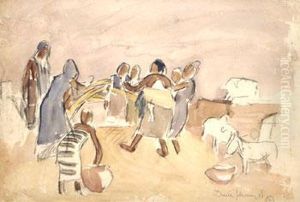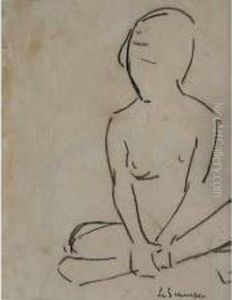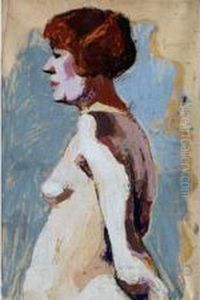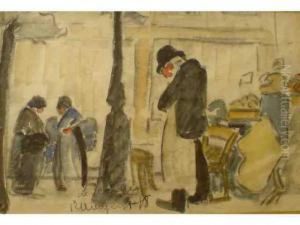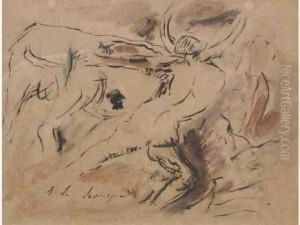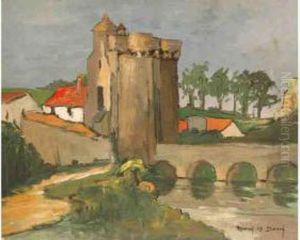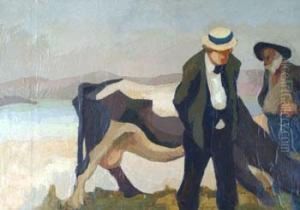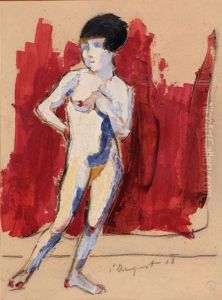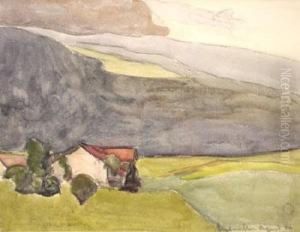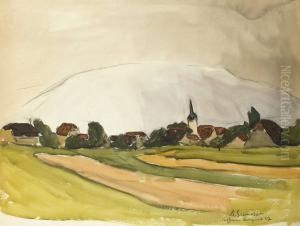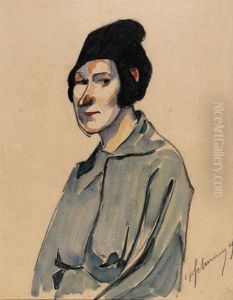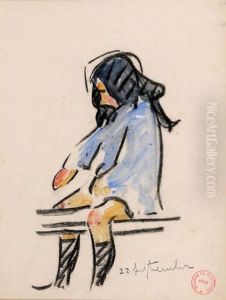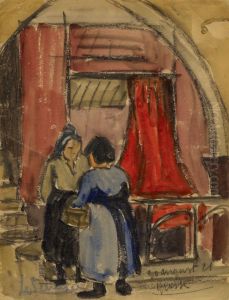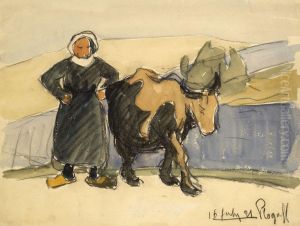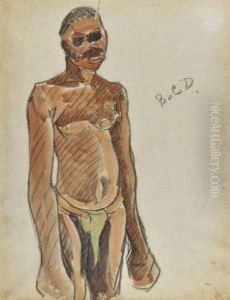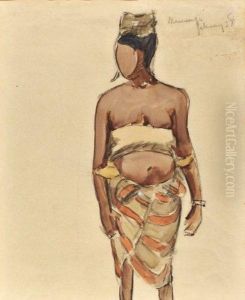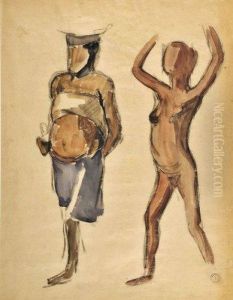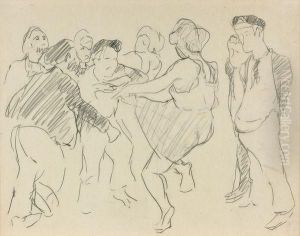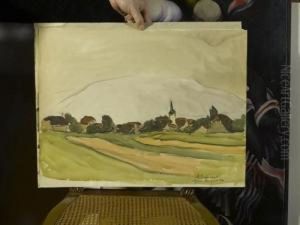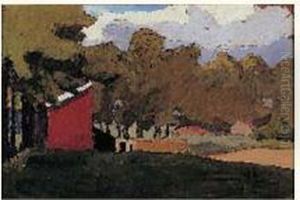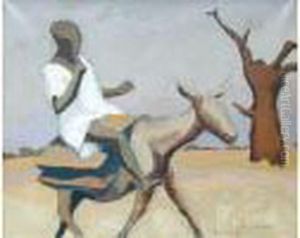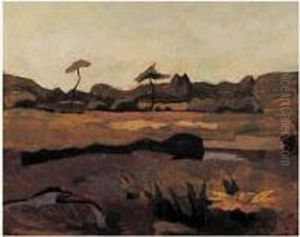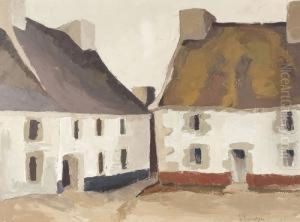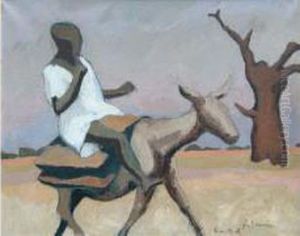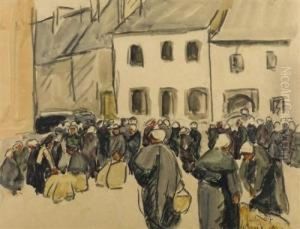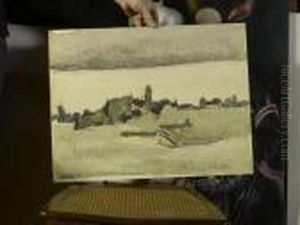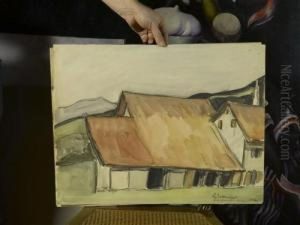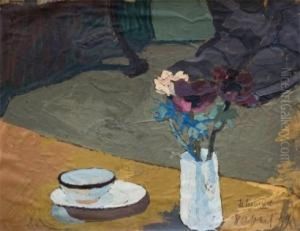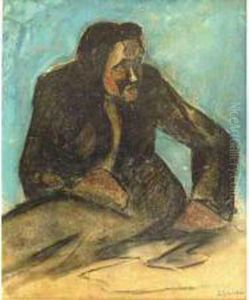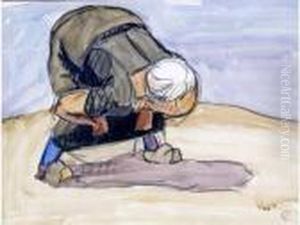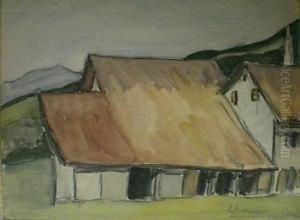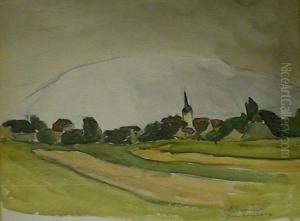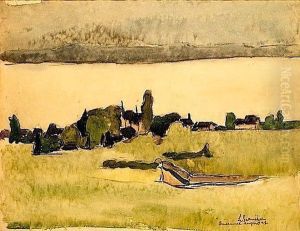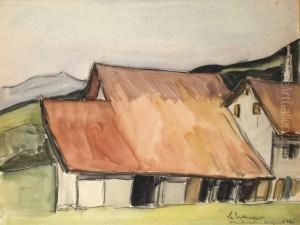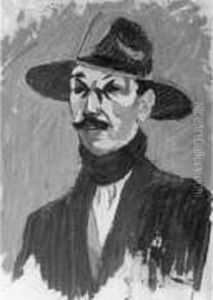Maurice Le Scouezec Paintings
Maurice Le Scouezec was a French painter born on July 2, 1881, in Le Havre, France. He was primarily known for his depictions of African scenes and his work as part of the post-impressionist movement. Le Scouezec's early life was marked by extensive travel, which greatly influenced his artistic style and subject matter.
During the early 20th century, Le Scouezec left for Africa, where he spent several years in places like Senegal and Madagascar. The impact of these travels was significant as they provided a wealth of inspiration for his art. The vibrant cultures, people, and landscapes he encountered became central themes in his paintings. His works from this period are characterized by bold colors, dynamic brushstrokes, and a strong sense of movement, reflecting the artist's fascination with African life and scenery.
Upon his return to France, Le Scouezec settled in Montparnasse, which was an artistic hub at the time. There, he became associated with other avant-garde artists and intellectuals. He continued to paint, and his subsequent works maintained the influence of African art, blending it with the modernist trends prevalent in European art circles of the era.
Le Scouezec's contributions to art were not limited to painting; he also wrote several books about his experiences in Africa, contributing to a broader understanding of African cultures in France. His art and writings helped to shape the primitivist movement within modern art, which sought to find a new artistic language through the incorporation of non-Western forms of expression.
The artist's life was cut short by his premature death on May 22, 1940, in Douarnenez, France. Despite his relatively brief career, Maurice Le Scouezec left behind a body of work that continues to be appreciated for its vibrant portrayal of African life and its role in the development of early 20th-century modernist art.
